Time
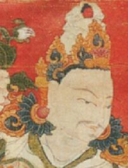
7th Century (5)
The Pugyel Dynasty ruled Tibet after Namri Songtsen defeated the Zingpo Lord. Namri Songtsen was later assassinated and his son, Songtsen Gampo, only a teenager, became king. Songtsen Gampo was credited with sponsoring the creation...
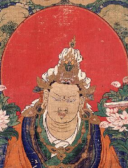
8th Century (43)
Having successfully defeated the Gar family and their supporters, Dusong engaged in battle at the frontier while his mother, Trimalo, became de facto ruler of Tibet from the year 705 until 712. Tridetsuktsen...
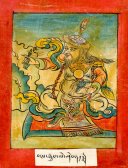
9th Century (12)
Mutik Tsenpo, younger son of Tri Songdetsen, ruled Tibet from 804 until 815. His reign, characterized by the full adoption of Buddhism in Tibet, was followed by Tri...
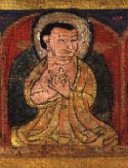
10th Century (9)
The tenth century is characterized as the period of fragmentation. In the absence of state-sponsored religious institutions and prohibitions, tantric practice developed and spread in central Tibet. To the northeast, several polities ruled independently during most of the century, with the Tsongkha...
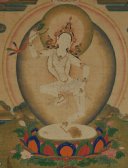
11th Century (64)
During the eleventh century, the so-called renaissance continued with enormous translation efforts and translators travelling between Tibet and India along existing trade routes. Drapa Ngonshe, the treasure revealer credited with producing...
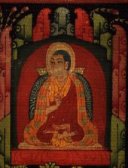
12th Century (138)
In the twelfth century, the Kagyu tradition, a synthesis of the teachings of Marpa, Milarepa and Gampopa, split into many sub-schools. Gampopa’s...
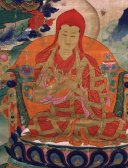
13th Century (156)
In 1204, the Kashmiri paṇḍita Śākyaśrībhadra came to Tibet. In 1240 Koden Khan sent a reconnaissance mission to Tibet which razed Reting Monastery. In 1246, Sakya...
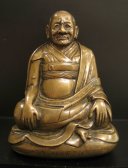
14th Century (126)
Pakmodrupa Jangchub Gyeltsen of the Lang clan successfully challenged the Sakyas over the right to administer Mongol-ruled Tibet. By 1368, the Pakmodrupa rule was centralized...
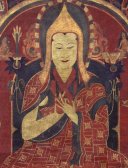
15th Century (154)
The Rinpung family rose to power and established itself at Samdrubtse (later Shigatse), challenging and then dominating the Pakmodru dynasty, beginning a century of conflict between U and Tsang. The century also saw the emergence of a new order, the Gandenpa, as the disciples of Tsongkhapa...
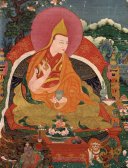
16th Century (155)
The Rinpung family fell when Zhingshakpa Tseten Dorje seized Samdrubtse fortress in 1565. Tsangpa Desi, Tseten Dorje and his heirs ruled Tsang and major parts of U for the...
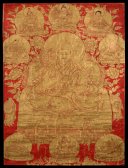
17th Century (190)
In 1618, the ruler of Tsang, a supporter of the Kagyu tradition, forced the ruler of U into submission. The Fifth Dalai Lama and his political supporters in Lhasa formed an alliance with the Khoshot Mongol leader Gushri...
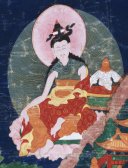
18th Century (248)
In 1700, Mongol ruler Lhazang Khan assumed power over Tibet, initially ruling jointly with Desi Sanggye Gyatso. After the Sixth Dalai Lama’s death in 1706, the Seventh...
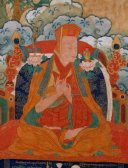
19th Century (348)
The Eighth and Ninth Dalai Lamas died prematurely in 1804 and 1815. Jamgon Kongtrul and Jamyang Khyentse Wangpo helped bring...
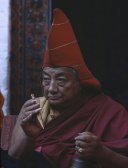
20th Century (347)
In 1904, the British Younghusband expedition invaded central Tibet, and the Thirteenth Dalai Lama escaped to Mongolia. In 1907, Bhutan became a monarchy with Ugyen Wangchuck...